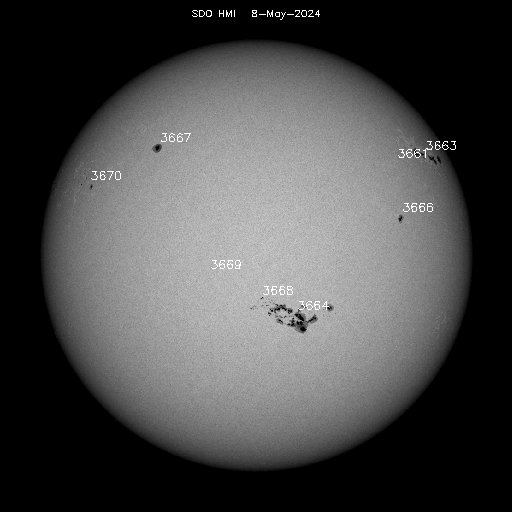We have used the warm and clear nights in August to go out observing at ESAC. We used the ESAC Astronomy Club new telescope, a celestron CGEM, with 9,25" EdgeHD tube. Light conditions are poor on-site but we managed to get some good first images. The images shown in this entry date from the night of the 27th Aug 2011.
We tried faint objects first, the Dumbbel Nebula M27 and the Ring Nebula M57. The images are shown here. The alignment was not great so we could only apply relatively short exposures before objects were moving noticeably. Dumbbel nebula image is a stack of 8 images of 10 second exposure each, with the Club's Meade DSI camera. The magnification of the telescope (2.3m focal) is quite large so only a fraction (around half) of the bubble is seen. No focal reducer was used.

Dumbbel Nebula, M27
We also tried M57, the Ring nebula. This was much better captured by the camera. The image is a stack of 9 images of 10 second exposure time each. The central star is seen, as well as the delicate redish and greenish colors of the gaseous remains.

Ring Nebula, M57
We waited until Jupiter rose over the horizon and over the glare of our particular Messier object, the M-503, and tried the Phillips Toucam to image the planet and its moons. K3CCD was used for capturing the image sequence, and Registrax v5 for stacking and image processing. The image is generated from a webcam clip of 1 min duration and black&white mode.

Jupiter in b&w
The last image is a color one with the Toucam, 2 seconds 'avi' clip. K3CCD was used for capturing the image sequence, and Registrax v5 for stacking and image processing. The Red Great Eye is noticeable in the right side of the South band. Also Io (left), Europa (right high) and Ganymede (right low) are visible.

Jupiter in color
These first images are very promising, and we expect to improve in the future with better tracking, images exposures, capture options, and post-processing.




